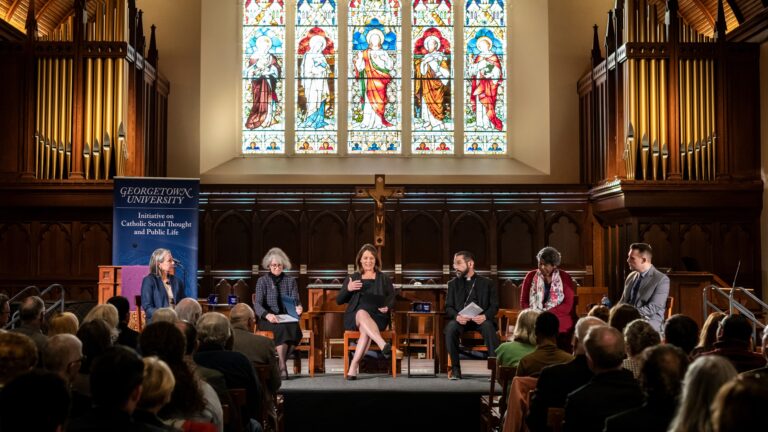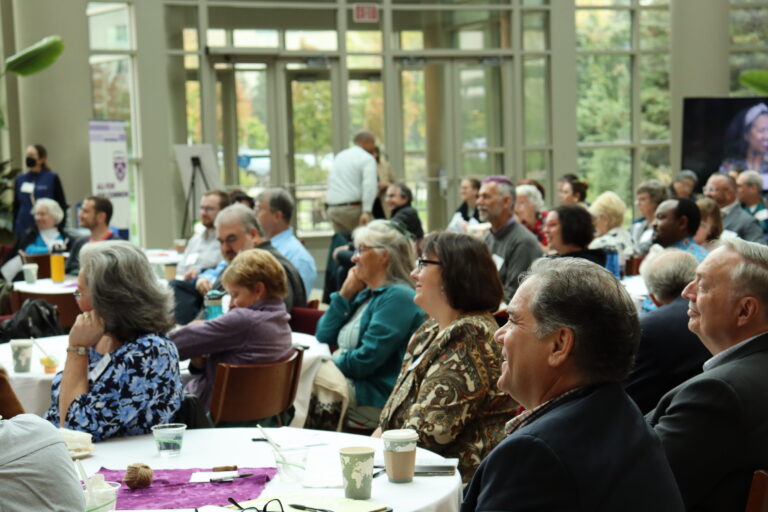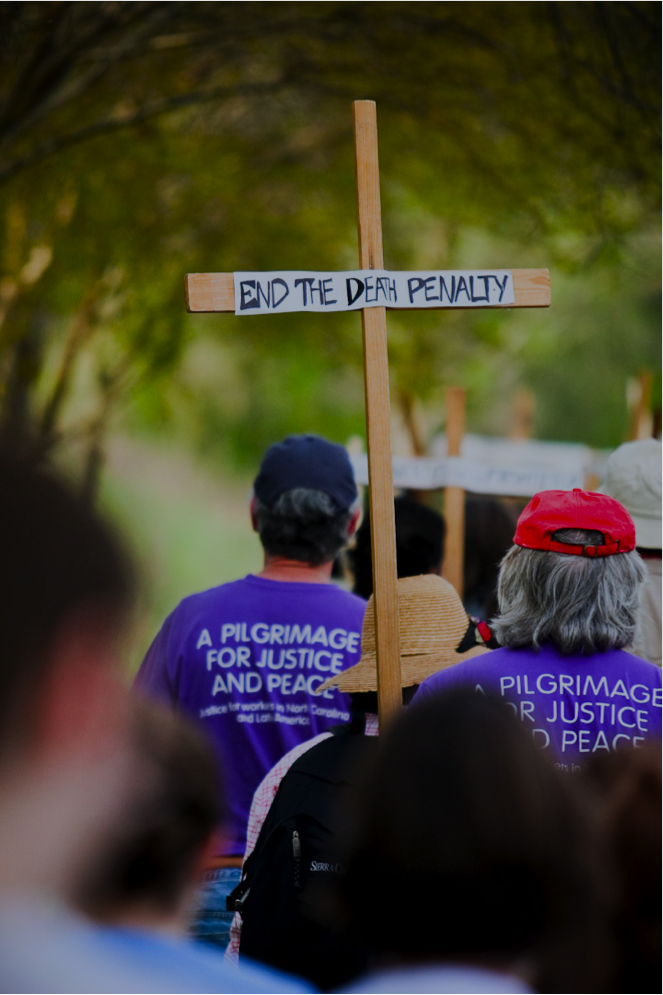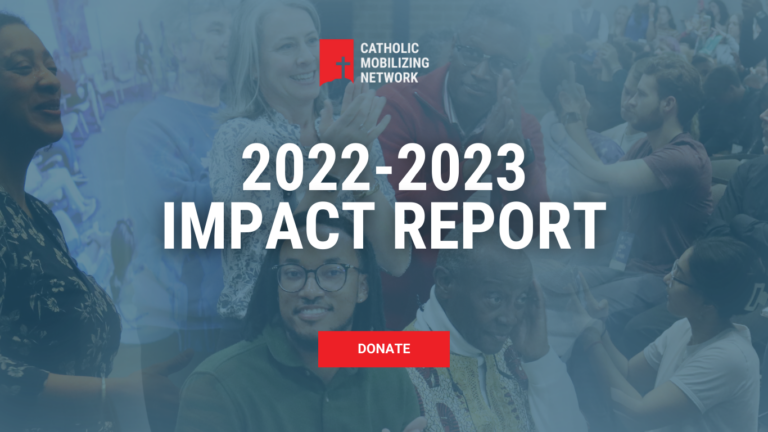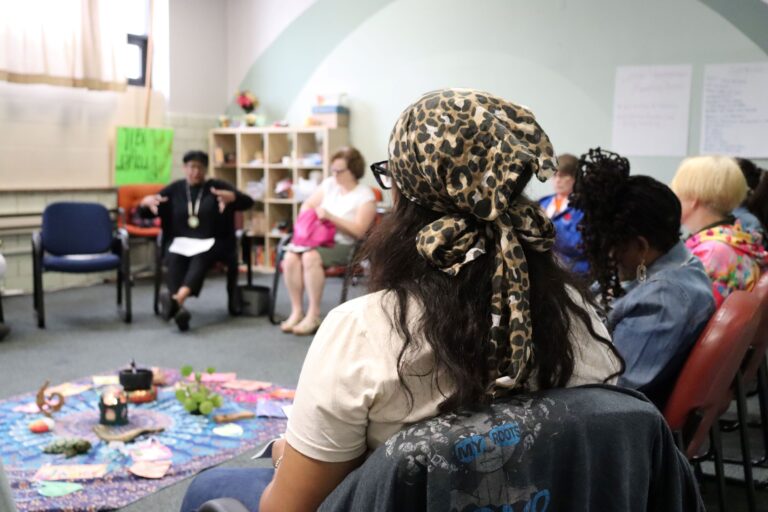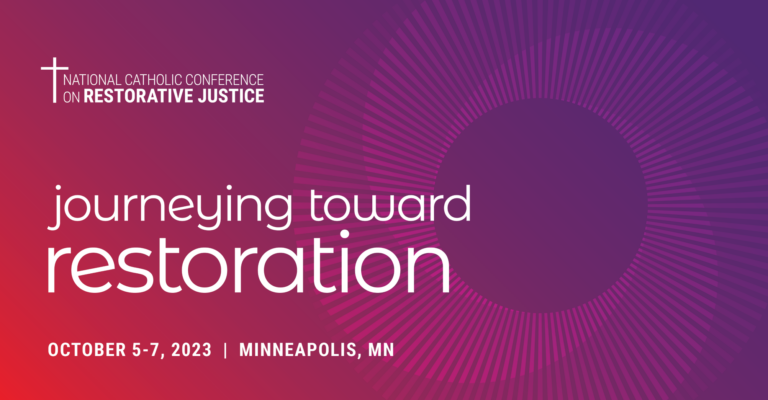Department of Interior Report Reveals Grave Harms of Residential Indian Boarding Schools
On May 11, the U.S. Department of the Interior released the findings from a nearly yearlong investigation into the troubled legacy of federal boarding school policies in the United States. The comprehensive review, announced by Interior Secretary Deb Haaland in June 2021, sought to uncover the loss of human life and the lasting consequences of residential Indian boarding schools.
The primary goals of the investigation were to identify boarding school facilities and sites, the locations of known and possible student burial sites at or near school facilities, and the identities and Tribal affiliations of children interred at such locations. Secretary Haaland noted that all of these aims were part of a national effort to “address the intergenerational impact of Indian boarding schools to shed light on the unspoken traumas of the past, no matter how hard it will be.”
The report identified 408 federal Indian boarding schools run between 1819 and 1969 in which Native children were not only forcibly removed from their parents, but endured a multitude of abuses and indignities.
Why are these revelations important to Catholics?
The National Native American Boarding School Healing Coalition reports that approximately 80 federal Indian boarding schools were run by Catholic institutions or religious orders —significantly more than the number of schools run by any other religious denomination.
Additionally, a series of 15th century papal bulls (correspondence) endorsed the European colonizing worldview that wrongfully legitimized the displacement, enslavement, and dehumanization of Native peoples. These bulls were effectively revoked and rebuked by subsequent Papal statements and modern Catholic Social Teaching, however, the systems and policies that codified them have lasting cultural and generational impacts.¹
The U.S. Conference of Catholic Bishops’ 2018 pastoral letter against racism defines justice as being “in right relationship with God, with one another, and with the rest of God’s creation.” The Native American boarding school policy fundamentally violated this vision of justice, breaking familial ties and breaching cultural traditions within Native communities. To begin to address these injustices and move forward in a spirit of right relationship will require honest recognition and meaningful acts of repair on behalf of the Church to heal and transform historical harms and their ongoing impacts.
What do these developments have to do with restorative justice?
Restorative justice offers ways of addressing harm and wrongdoing, not just between individuals but at the communal, national, and even international level. Truth and Reconciliation (or Healing) processes are “macro” forms of restorative justice practice that can ignite reparative actions that foster healing, and sustain systemic and cultural transformation. In the context of federal Indian boarding schools, to pursue a Truth and Reconciliation approach requires a deep commitment to listening to, learning from, and abiding in solidarity with Native peoples.
The Department of the Interior’s report signals public acknowledgement and transparency on the part of the federal government that are necessary components of truth-telling. Indigenous scholar Maria Yellow Horse Brave Heart outlines four stages for healing the lasting impacts of collective, intergenerational trauma. These are: confrontation, understanding, healing, and transcending. This work is possible and necessary at the federal level, but also, and perhaps even more so, within the Church, its sub-institutions, its local communities, and the hearts of its faithful.
Furthermore, the global social movement and practice of restorative justice owes a great debt toward Native and Indigenous peacemaking traditions. Such knowledge has often been taken — along with land and other resources — without permission, in the aftermath of violence aimed at eradicating these very peoples’ cultures, traditions, relationships, and livelihoods.
What about Pope Francis’ apology?
In 2008, Canada undertook a Truth and Reconciliation Commission (TRC) to reckon with its own history of Indian Residential Schools. Its final report detailed 94 calls to action to “redress the legacy of residential schools and advance the process of Canadian reconciliation.”
Included were several specific actions for the Catholic Church and religious institutions to repair their unique violations to human dignity. These calls to action set the context for First Nations, Métis, and Inuit leaders to visit the Vatican in Spring of 2022. Over the course of three days, delegates shared with Pope Francis at length about the abuses and traumas that they and their ancestors endure(d) as boarding school survivors.
At the conclusion of the visit, Pope Francis apologized, saying:
“I feel shame – sorrow and shame – for the role that a number of Catholics, particularly those with educational responsibilities, have had in all these things that wounded you, in the abuses you suffered and in the lack of respect shown for your identity, your culture and even your spiritual values. All these things are contrary to the Gospel of Jesus Christ. For the deplorable conduct of those members of the Catholic Church, I ask for God’s forgiveness and I want to say to you with all my heart: I am very sorry.”
This long-awaited utterance held deep significance for many. Apology is not the end of this or any story, but is a first step that becomes actualized with penitential reparative action.
It is said that the creators of boarding schools in Canada visited the United States to study the model and bring it back to their own country. Catholics in the United States can learn from the process, challenges, and successes of the Canadian TRC.
What is ours to do?
As Catholics, the call to restorative justice is an invitation to understand the extent of participation in this national harm and how it shapes our identities, responsibilities, perspectives, relationships, and involvement. Bearing witness to the truth of this history, understanding institutional legacies of participation and complicity, and committing to meaningful acts of repair are vital to authentic ministerial engagement with restorative justice efforts in any context.
Already, a multitude of Catholic religious orders, dioceses, and institutions of higher education are “reckoning with their historical legacy and engaging in efforts of reconciliation with the local community.” The United States Conference of Catholic Bishops has encouraged cooperation with requests of the investigation and will develop ministerial responses in a forthcoming pastoral plan.
Informed by relationships with Native and non-Native people who are committed to truth and healing efforts within their respective Catholic institutions, CMN recommends the following list of resources as a starting point to learn and discern Catholic institutional and individual responses to the findings of the report and ongoing reparative efforts.
1) David Wilkins, “Deconstructing the Doctrine of Discovery,” Indian Country Today, October 24, 2014, indiancountrytoday.com/archive/deconstructing-the-doctrine-of-discovery.
Related Resources
-
Virtual Event: INDIGENOUS PEOPLES AND THE CHURCH: Walking Together Toward Healing and Reconciliation (Catholic Native Boarding School Accountability and Healing Project)
-
Podcast Episode: Roundtable: Indigenous survivors of abuse on truth, reconciliation and the need for a papal apology. (America Media)
-
Article: ”Guilt, Responsibility, and Purgatory: How Traditional Catholic Teaching Can Help Us Think about Truth, Reconciliation, and Reparations.” (Brett Salkeld, Church Life Journal)
-
Statement: Statement on Apology from Pope Francis (National Native American Boarding School Healing Coalition)
-
Blog Post: “In order to heal from Native American Boarding Schools, we need to face the hurt” (Maka Akan Najin Black Elk, CMN’s Hope Over Death Blog)
-
Article: “US Catholic Bishops Approve Development of Native American Pastoral Plan”(National Catholic Register)
- Resource: “Listening to Indigenous Voices: A Dialogue Guide on Justice and Right Relationships” (Jesuit Forum for Social Faith and Justice)
